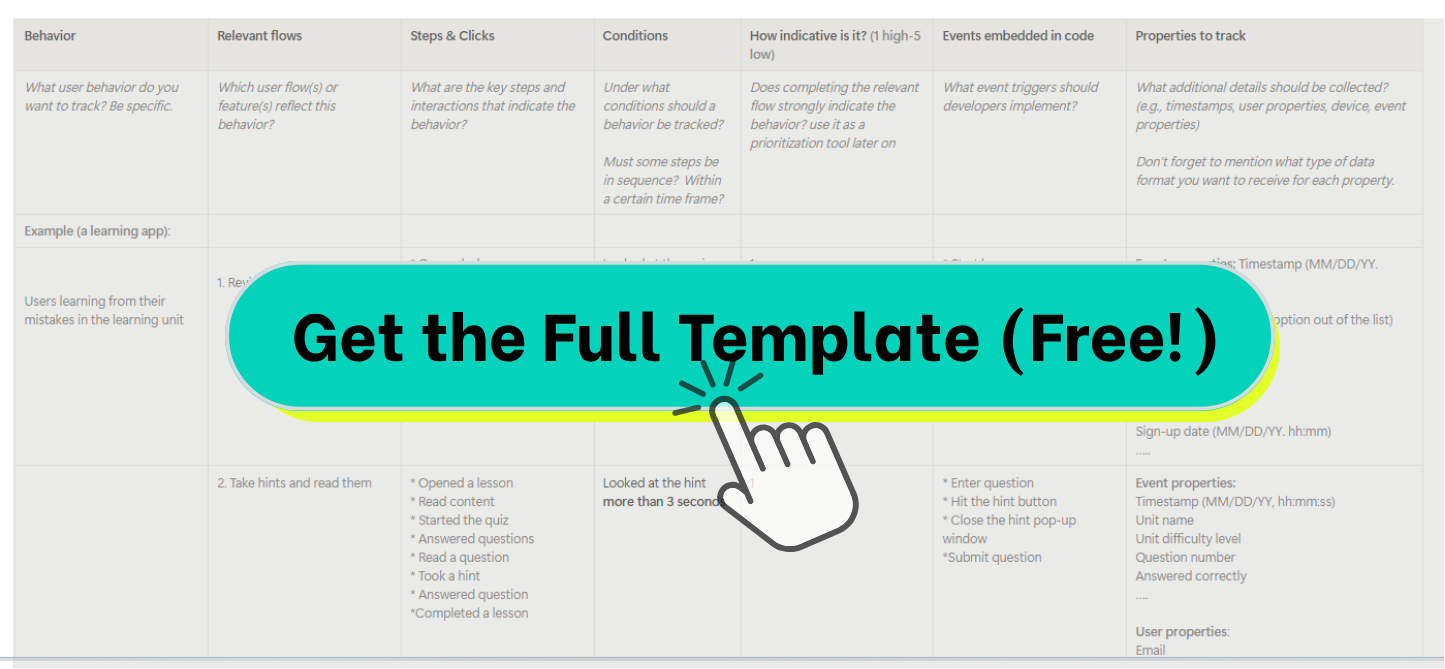Many product teams define active users by simple logins. But does logging in mean a user is truly engaged?
A user might open your app, get distracted, or—worse—feel lost and unsure of what to do next. (Every PM’s nightmare)
An active user shouldn’t be measured by presence but by participation (what they actually do inside your product.)
For example, the fact you are subscribing to my newsletter right now (if you haven’t already)…
…won’t mean that you are engaged - but reading more articles, liking and commenting will.
So how can you make sure you start using the right metrics?
#1 Segment Your Users
Before defining what "active" means, you need to understand who your users are. Different user types will engage with your product in different ways.
In B2B products, there’s often a buyer (who makes the purchase) and a user (who interacts with the tool). Their definitions of "active" will vary.
In social media, you might have content creators (who post and engage) and passive readers (who scroll and consume). Both are valuable but should be measured separately.
In marketplaces, you could have sellers and buyers, each requiring their own engagement metric.
💡 Don’t overcomplicate it though, identify 2-3 key user groups and define engagement separately for each.
This will ensure your dashboard reflects real user behavior 💪
#2 Define the Key Action
Different user and business goals = different active user criteria.
How to determine what behavior signals meaningful engagement in your product?
Start with the user’s goal → What problem are they solving with your product? The key action should be central to that goal.
💡Music app example:
Artists: spread their music
Listeners: stream music / discover new music according to their preferences / stay up to date with new hits
Analyze early behaviors → Look at what users do in their first sessions. Which actions correlate with long-term retention?
Facebook found that users who added 7 friends in 10 days were far more likely to stay.
Slack identified sending 2,000 messages as a strong retention predictor.
Refine through data → Start measuring, track patterns, and adjust based on what drives sustained engagement.
#3 Visualize
Once you identify the key activity, define how often users must complete it to be considered active, or more importantly, to move forward in their goal.
A good way to think about that is to find the minimum frequency required to stay engaged.
Typical metrics:
📊 Daily Active Users (DAU) → Best for high-frequency apps (e.g., social media, messaging).
📊 Weekly Active Users (WAU) → Works well for tools that don’t need daily engagement (e.g., project management software).
📊 Monthly Active Users (MAU) → Ideal for low-touch products (e.g., financial planning tools).
💡 Your threshold should evolve. Early on, you might track any engagement, but as the product matures, focus on deeper usage patterns.
🚨oh, be careful not to double-count people.
#4 Refine and Adapt Over Time
Your definition of an active user should evolve alongside your product and user base.
Early stage → Focus on adoption behaviors (e.g., completing onboarding, first key action).
Growth stage → Track habit-forming behaviors (e.g., repeat engagement).
Mature product → Identify power users and retention drivers.
Take Instagram as an example—in it’s early stages, engagement was largely measured by photos posted, but as user behavior evolved, the platform expanded to a wide range of content - stories, reels, and carousels. If they had stuck to their old definition, they might have missed massive opportunities.
Final Thought
Don’t settle for a shallow definition of “active user.” Instead, define engagement based on meaningful participation, track behaviors that drive retention, and refine your approach over time.
Avoid Common Pitfalls ⛔
🚨 Focusing on vanity metrics → Prioritize data that correlates with retention.
🚨 Using metrics that don’t reflect a behavior → Just because a user bought healthy groceries doesn’t mean they actually ate them. Choose metrics that align with your users goals.
🚨 Overcomplicating segmentation → If you track 10+ types of active users, your insights will be scattered. Stick to 2-3 major user groups.
🚨 Not revisiting your definition → As user behavior shifts, so should your engagement metric.
BTW, DAU/WAU/MAU aren’t the only metrics you should follow. Every PM should aim to have a thorough dashboard that tells the story of their users behaviors. But not every click == a behavior.
Use this 🚨no cost🚨 template to translate that in minutes 👇






